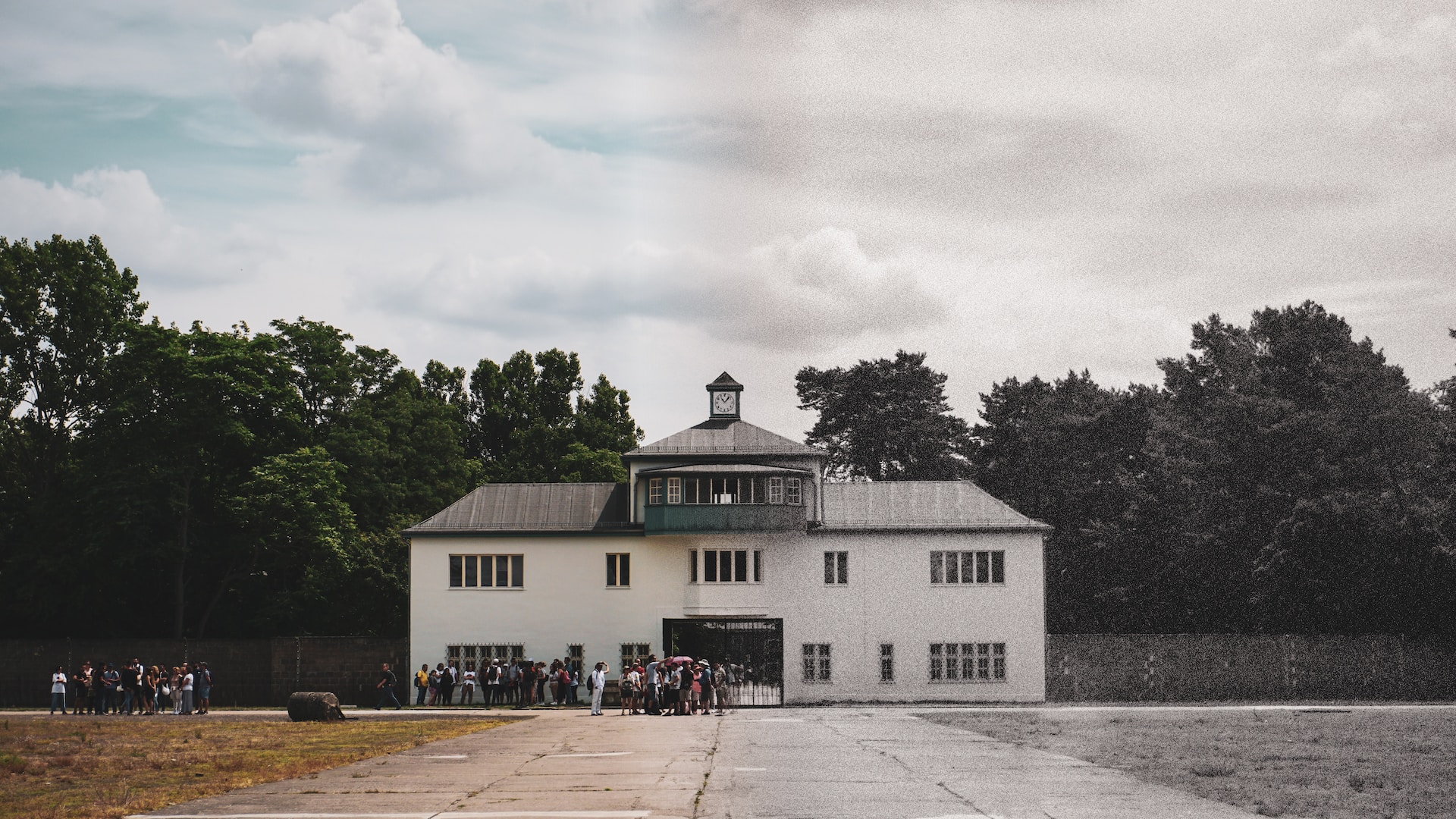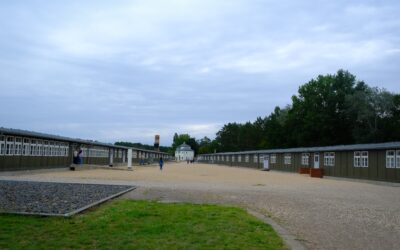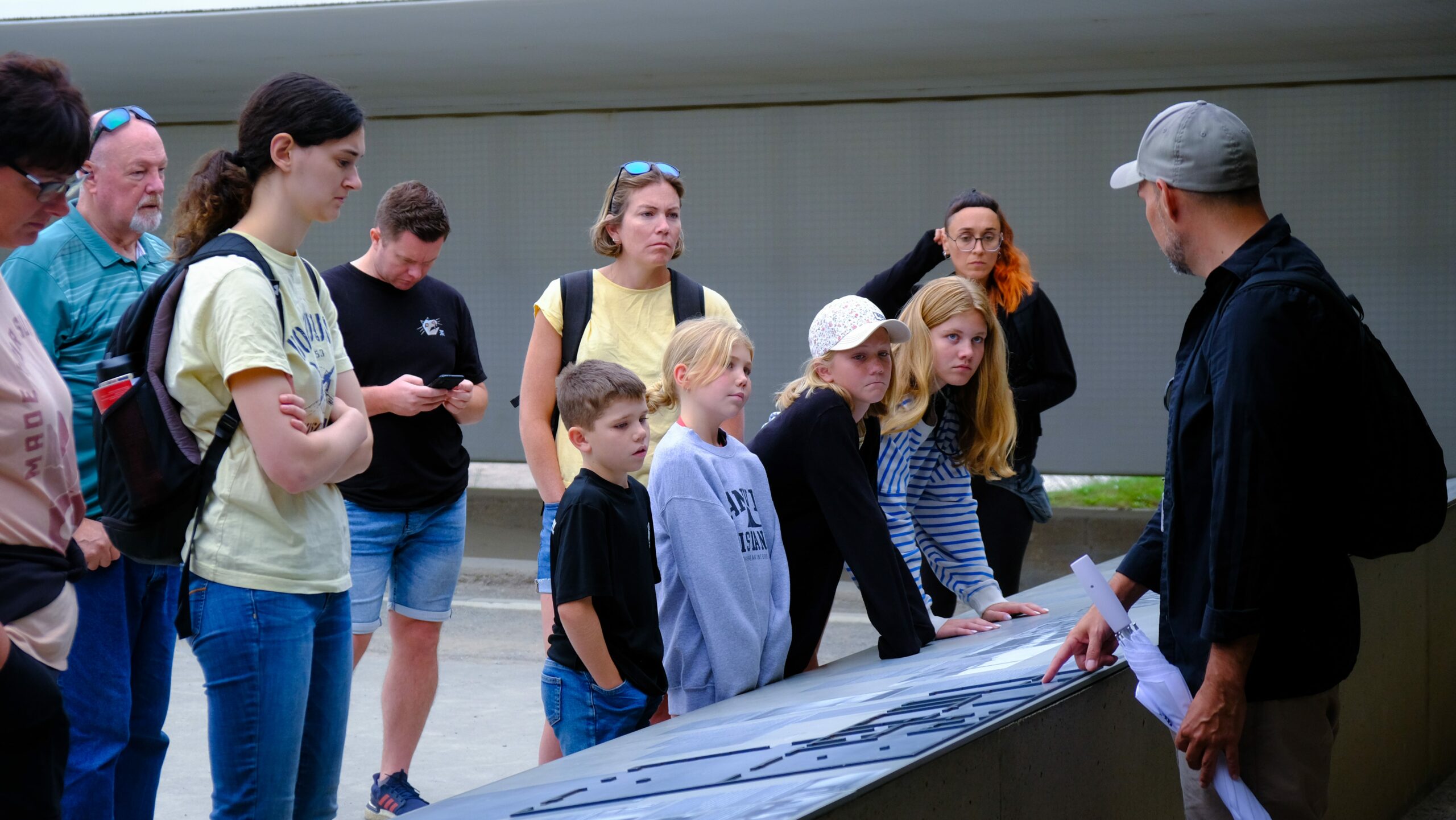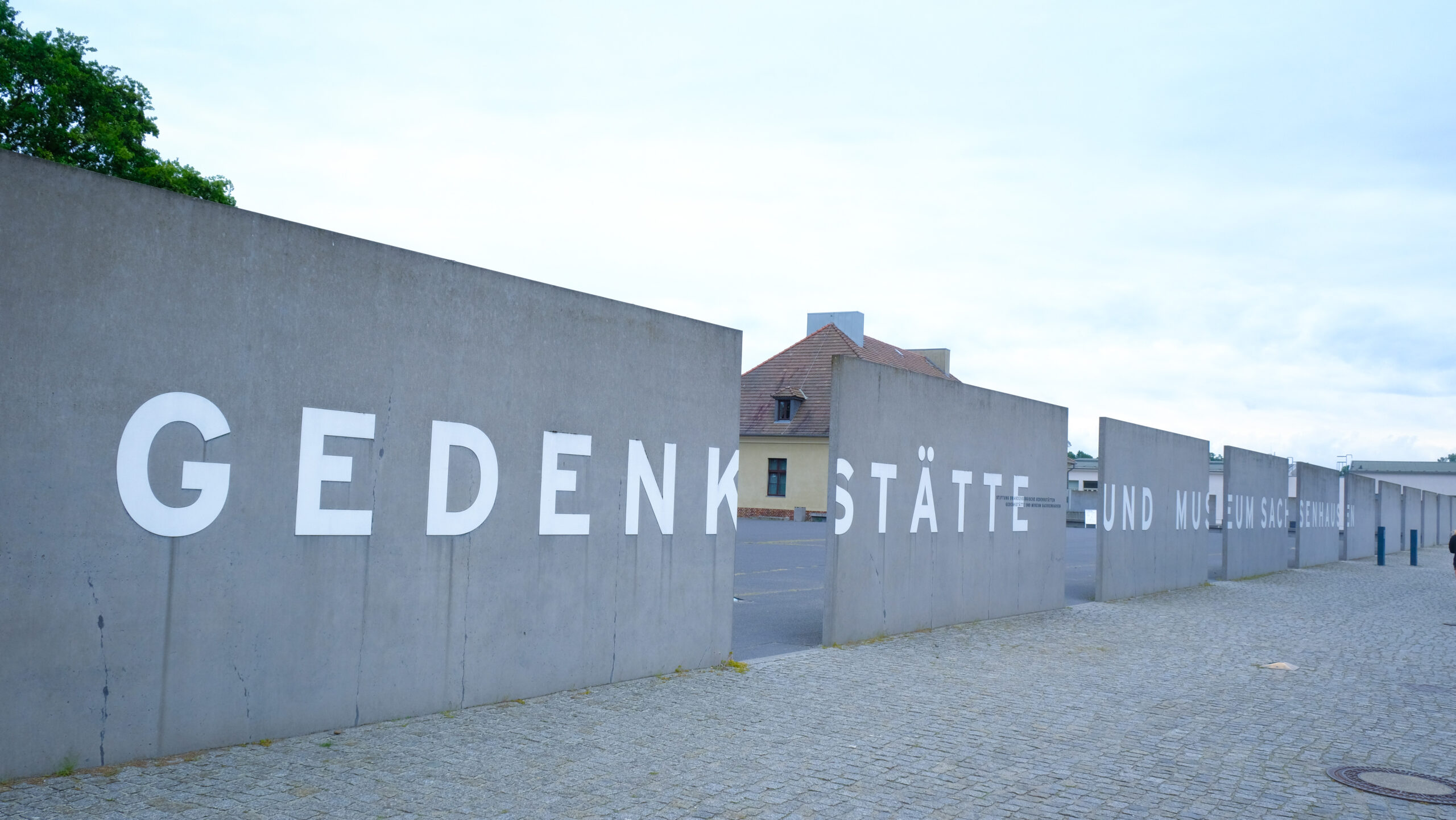Sachsenhausen Concentration Camp, located near Berlin, Germany, was one of the first camps established by the Nazi regime during World War II. It’s essential for anyone interested in understanding the Holocaust and the atrocities committed during that time to have an awareness of the location, history, and significance of Sachsenhausen. In this blog post, we will explore the whereabouts of Sachsenhausen Concentration Camp and provide you with valuable insights.
1. Location of Sachsenhausen Concentration Camp
Sachsenhausen concentration camp is in Oranienburg which is, approximately 35 kilometres north of Berlin. The camp was conveniently located near Berlin since it allowed the Nazi to transfer prisoners from different parts of the region to the camp.
The exact address of Sachsenhausen Concentration Camp is:
Straße der Nationen 22
16515 Oranienburg
Germany
Sachsenhausen can be easily accessed from Berlin either by bus or private car. Oranienburg is reachable by regional-trains S1 and S2 and buses from Berlin Hauptbahnhof, Berlin main railway-station. The camp, in fact, is just a stone’s throw away from the Oranienburg train station.
- Historical History of the Sachsenhausen Concentration Camp
Sachsenhausen Concentration Camp was one of concentration camps that was formed during the year 1936. At first, it was an experimental camp in whose construction and organization other camps were copied that were managed by the SS personnel. Originally, the camp was designed to incarcerate different people groups that the Nazi regime considered unwanted in society; this was regardless of other.
Sachsenhausen Concentration Camp existed as an operating camp since the beginning of the war and held over 200,000 prisoners of whom many were subjected to force labor, medical experimentation and brutal treatment. Over the years, tens of thousands of people died in Sachsenhausen because of these things, as well as disease and deliberate murder.
- The Neutralization and Memorialization of Sachsenhausen
Currently, Sachsenhausen Concentration Camp is a liberated memory and museum that aims at telling the world what the Nazi did. He has a large role in the permanently obligations of teaching the visitors regarding the holocaust and in the honoring of the memory of the victims.
Sachsenhausen lets one marvel at the remaining structures, the inmates’ barracks, and show the items documenting prisoner stories and memories. The museum here relives an emotional and informative lesson on the harsh life inside such a prison, away from the freedom of life outside.
In Achsenhausen’s memory, people will never forget bad incidents; at the same time, they respect those who resisted the injustice. It is an eye opener on the need to uphold human rights and acceptances on the society to enhance dignity.
Conclusion
Sachsenhausen Concentration Camp serves as a stark reminder of the unimaginable suffering inflicted on countless individuals during the Holocaust. Understanding its location, history, and significance is crucial for comprehending the magnitude of the crimes committed by the Nazi regime. By visiting Sachsenhausen, we honor the victims and deepen our commitment to creating a world free from hatred and prejudice.




